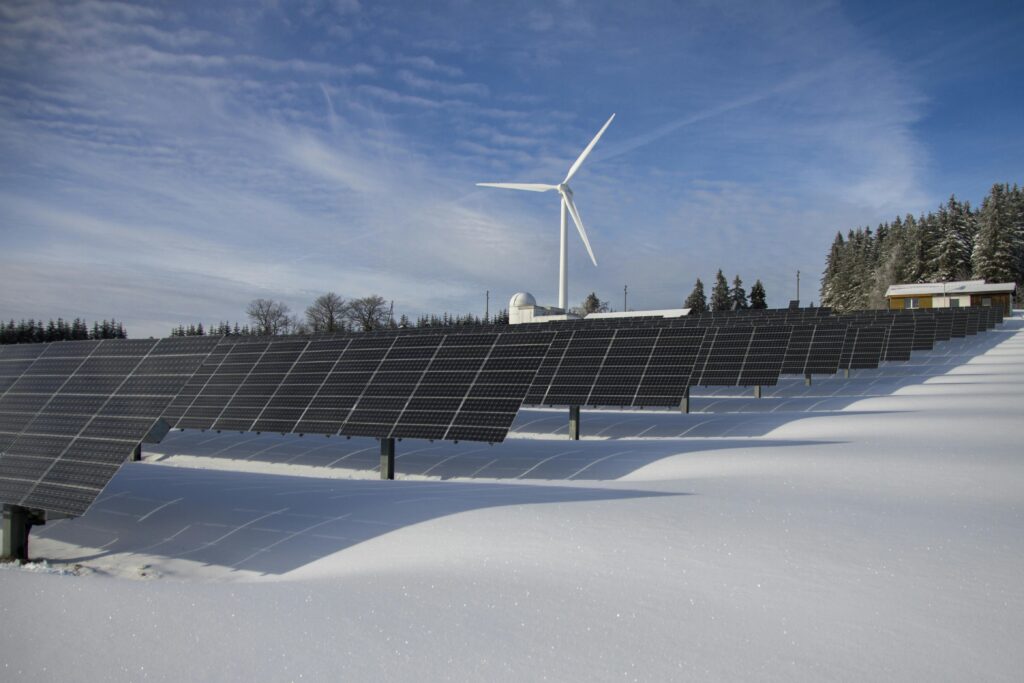As the global demand for sustainable energy solutions intensifies, solar energy stands at the forefront of the renewable revolution. With advancements in technology, policy support, and increasing public awareness, solar energy is set to play a pivotal role in shaping the future of the global energy landscape. This blog delves into the predictions and trends that will drive the future of solar energy.
Technological Advancements
1. Enhanced Efficiency and Cost Reduction
The efficiency of solar photovoltaic (PV) cells has significantly improved over the past decade. Research and development are focused on creating high-efficiency solar cells, such as perovskite solar cells, which promise to surpass the traditional silicon-based cells in performance and cost-effectiveness. Additionally, tandem solar cells, which combine multiple layers of materials to capture a broader spectrum of sunlight, are gaining traction. These innovations are expected to reduce the cost of solar energy further, making it more competitive with conventional energy sources.
2. Energy Storage Solutions
One of the major challenges of solar energy is its intermittent nature. The development of advanced energy storage systems, such as lithium-ion batteries and emerging technologies like solid-state batteries and flow batteries, is crucial for storing excess solar energy generated during peak sunlight hours. Enhanced storage solutions will enable a stable and reliable supply of solar power, even during non-sunny periods, thus supporting the broader adoption of solar energy.
Policy and Market Trends
3. Government Incentives and Regulations
Governments worldwide are implementing policies and incentives to promote the adoption of solar energy. Feed-in tariffs, tax credits, and subsidies for solar installations are becoming commonplace. For instance, the U.S. government’s Investment Tax Credit (ITC) has been instrumental in driving the growth of solar installations. Additionally, regulatory frameworks aimed at reducing carbon emissions are pushing utilities and industries towards renewable energy sources, with solar being a prime candidate.
4. Corporate and Consumer Demand
The corporate sector is increasingly committing to renewable energy goals, with many companies pledging to achieve 100% renewable energy consumption in the coming years. This corporate push is creating a substantial market for solar energy solutions. On the consumer side, the growing awareness of climate change and the benefits of renewable energy is driving household adoption of rooftop solar panels and community solar programs.
Integration and Innovation
5. Smart Grid and IoT Integration
The integration of solar energy with smart grid technology and the Internet of Things (IoT) is set to revolutionize energy management. Smart grids allow for better distribution and management of energy, enabling the integration of various renewable energy sources and enhancing the efficiency of energy use. IoT devices can optimize the performance of solar panels, monitor energy consumption, and improve maintenance processes, making solar energy systems more efficient and user-friendly.
6. Solar-Powered Transportation
The transportation sector is also witnessing a shift towards solar energy. Solar-powered electric vehicles (EVs) are emerging as a sustainable alternative to conventional vehicles. Innovations in solar panel technology are enabling the development of vehicles with integrated solar panels, capable of harnessing solar energy to extend their range and reduce reliance on charging stations. Solar energy is also being used in public transportation systems, such as solar-powered buses and trains, contributing to a cleaner and greener transportation network.
Global Impact and Future Outlook
7. Emerging Markets and Global Expansion
Solar energy is making significant inroads in emerging markets, where access to affordable and reliable energy is a challenge. Countries in Africa, Asia, and Latin America are increasingly adopting solar solutions to meet their growing energy needs. Off-grid solar systems are providing electricity to remote and underserved areas, fostering economic development and improving the quality of life for millions.
8. Long-term Sustainability and Climate Goals
The global transition to solar energy is not just about technological and market trends; it is also about achieving long-term sustainability and meeting climate goals. Solar energy is a key component of global strategies to reduce greenhouse gas emissions and combat climate change. As countries and organizations strive to achieve net-zero emissions, the role of solar energy will become even more critical.
In conclusion, the future of solar energy is bright and promising. Technological advancements, supportive policies, increasing demand, and global expansion are driving the growth of solar energy. As we move towards a sustainable energy future, solar energy will play a central role in powering our world while protecting our planet.










